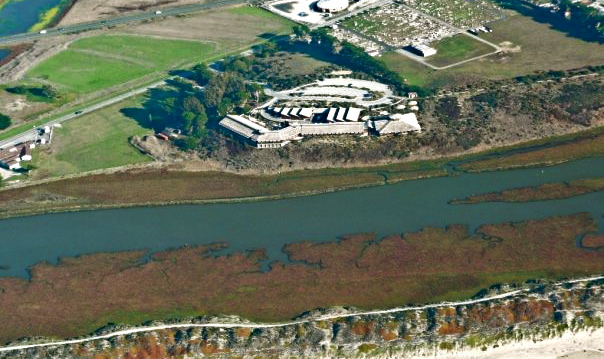While aloft in a small plane, recent MLML grad Heather Hawk snapped this aerial shot of Moss Landing Marine Labs. A whole wall of the lab faces the Old Salinas River Channel and its pickleweed marsh. The flying snowy egrets and splashing sea otters in the channel are a dangerous distraction for the studier-turned- window-gazer…
Author: mlmlblog
Get Hit with Waves to Live on the Beach?
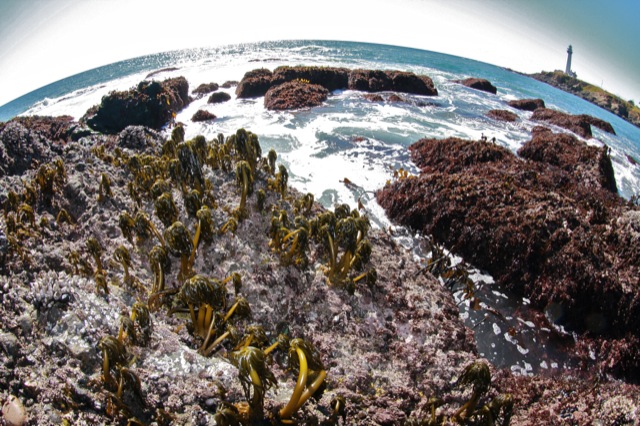
On a recent Moss Landing Marine Lab field trip, the Biology of Seaweeds class went exploring north of the bay for different types of marine algae. The algae pictured here is a really tough one compared to the others. The Sea Palm, Postelsia palmaeformis, lives in the harsh crash zone of the intertidal. It loves intense wave motion and lives on hard red algae. Due to over-harvesting the little palm is now protected and illegal to collect. It looks like a nice view but I don’t think I could take the punishment of having this kind of beach-front property!
Put An Ocean Suit On
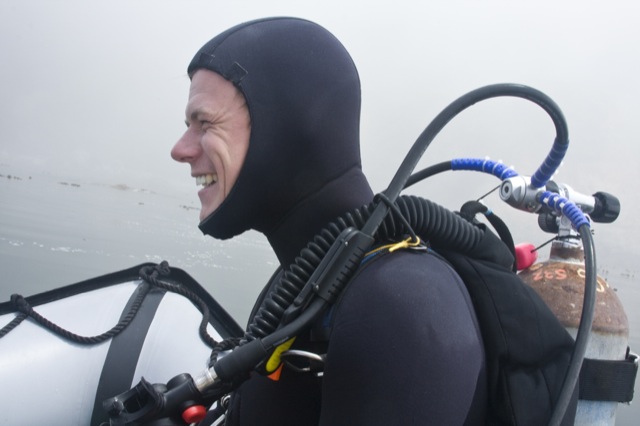
The temperature in the water around Monterey Bay varies dramatically throughout the year. Upwelling caused by winds during the summer brings nutrient-rich water from below, but this water is very cold. This previous summer, the water was around 50 degrees Fahrenheit or 10 degrees Celsius – thats chilly! To go explore the ocean by snorkeling or SCUBA diving you want to be warm to focus on all of the amazing marine life around you. One way to do this is to create a layer of air or nitrogen between you and the water. Neoprene wetsuits are composed of foam with nitrogen gas inside, creating an insulated wall to help slow heat transfer between you and the cold water of Monterey Bay. The other option for staying warm is to purchase a drysuit, but these suits are more expensive and require further training. Whichever you choose, get out into the water and experience Monterey at its finest.
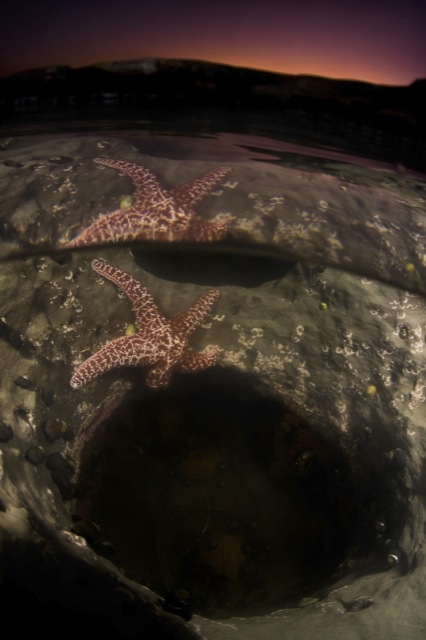
A New Species, the Shoe Crab?
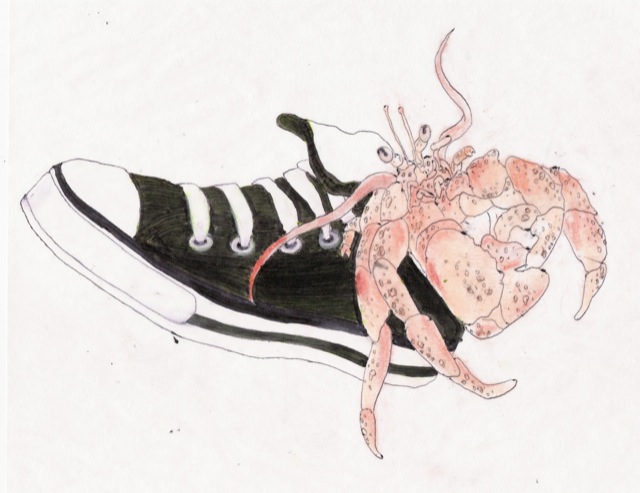
As you may know, the water in our streets runs to the ocean. After diving in Monterey Bay you begin to notice objects that do not belong in the water. I have found car parts, floats, cans, bottles, plastic bags, Snow White birthday balloons, fishing rods, fishing line, fishing weights, dive flashlights, dive masks and snorkels – even a SCUBA tank and a full set of gear resting on the ocean bottom in Santa Cruz. We have come a long way from the mentality that the solution to pollution is dilution. I would not want trash to end up in my backyard from visitors passing through. Please remember to pack your trash and treat the ocean with respect. She gives us so much in the way of food, from fish to algae, means of enjoyment, from surfing to boat rides, and a sunset that the East Coast has nothing on!
A Starburst You Don’t Want to Eat
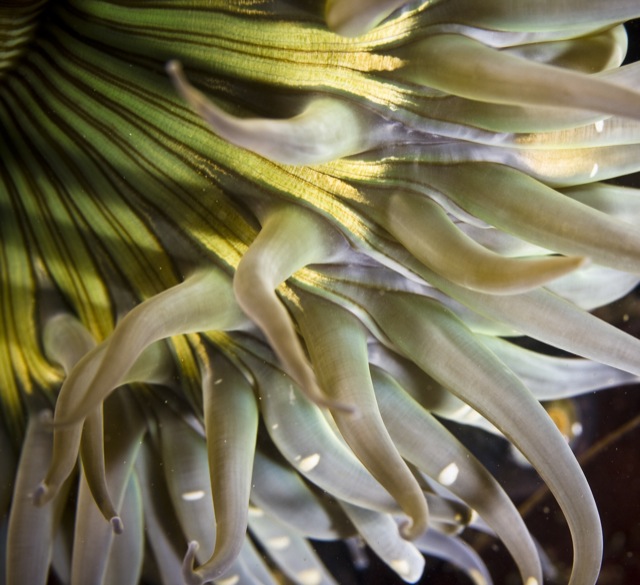
Tidepooling is a great way to get outside and get some exercise while getting to know some critters in our backyard. This Starburst Anemone is one of the amazing and delicate creatures living in the intertidal zone of the ocean. Remember to be careful where you step because many creatures hide under barnacles and mussels during low tide and are just trying to wait it out until the water returns to them. It’s best to stick to rocks when exploring this world of cool critters.
Tsunami Status at Moss Landing Marine Labs

By Brynn Hooton-Kaufman, Phycology Lab
I went to bed last night with plans to wake up and go snorkeling in Stillwater Cove at 8 am this morning. You might say those plans changed a bit when I got a phone call from my brother at 1:45 am. Well, actually it was five phone calls, because it took me that long to shake off the cobwebs of sleep and realize he wasn’t pocket dialing me. My thoughtful brother was up watching television, and had been alerted by the news to the disaster that had taken place in Japan. He called to let me know that a tsunami was headed toward the west coast with an arrival time of approximately 7:30 am, and he was concerned since we are residents of Monterey. Thankfully, we live high on one of the marine terraces in New Monterey, and I assured him that we would be safe from any floodwaters, and headed back to bed.
I immediately flipped on the television when I woke up this morning at 6, and started catching up on the news. The dramatic videos from Japan were chilling, and showed the ocean washing over agricultural land, pouring through city streets, and creating whirlpools that entrapped boats. The effects of the tsunami on Hawaii thankfully looked much milder, and the news didn’t report major damage from the flooding they experienced. As for our tsunami forecast, the news crews were predicting waves of a few feet high to hit around 7:45. I called my snorkeling buddy, updated her on the current events since she hadn’t seen the news, and we both decided that calling off the trip to Stillwater was a good idea.
I continued to watch the news, and when 7:45 rolled around, I was a little surprised not to see any changes on the beaches in the live-feed video. I even started to wonder if canceling the trip to collect seaweeds had been a mistake. But then I reminded myself, better safe than sorry. I don’t want to be the student with poor judgement who thought it was more important to collect materials for an exam than to heed tsunami warnings, and get swept out to sea. Besides, I reminded myself, tsunamis aren’t over in a blink of an eye; they can continue to have an impact for hours.
And it turns out that’s exactly what happened. Pretty soon on the news, boats and docks were getting ripped from their moorings in Santa Cruz harbor, and were barreling into anything in their way. MLML grad student Sara Hutto was high and dry, far from the dangers of the surge, but managed to catch these great photos:
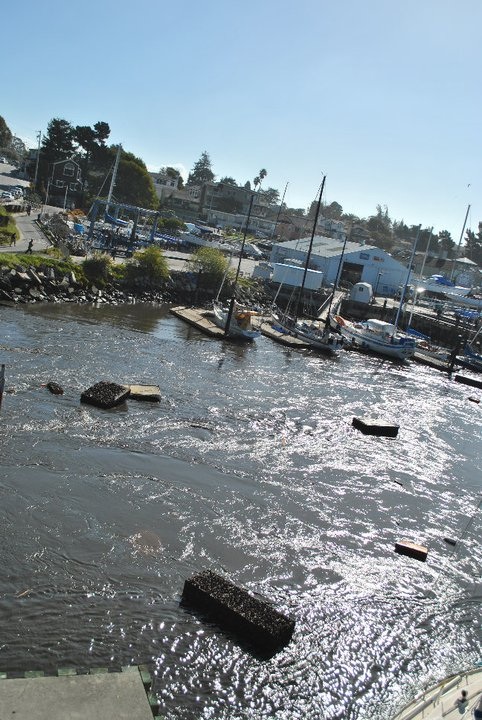
As you can see, the current is moving quickly, and taking pieces of the harbor with it. The tsunami was really interesting to watch. It didn’t just move in once as a big surge, then drain back out, but instead it did this multiple times. It was kind of like watching a dramatic tide cycle, all happening in twenty minutes or so, and then starting all over again. Read more
Like The Drop-In Blog? Want to Help Support Student Scholarships and Public Tours of MLML?
Then visit the Friends of Moss Landing Marine Labs’ online store and grab yourself some MLML gear!
https://shopfriends.mlml.calstate.edu
We have shirts, sweatshirts, fleece jackets, hats, bags, and more!
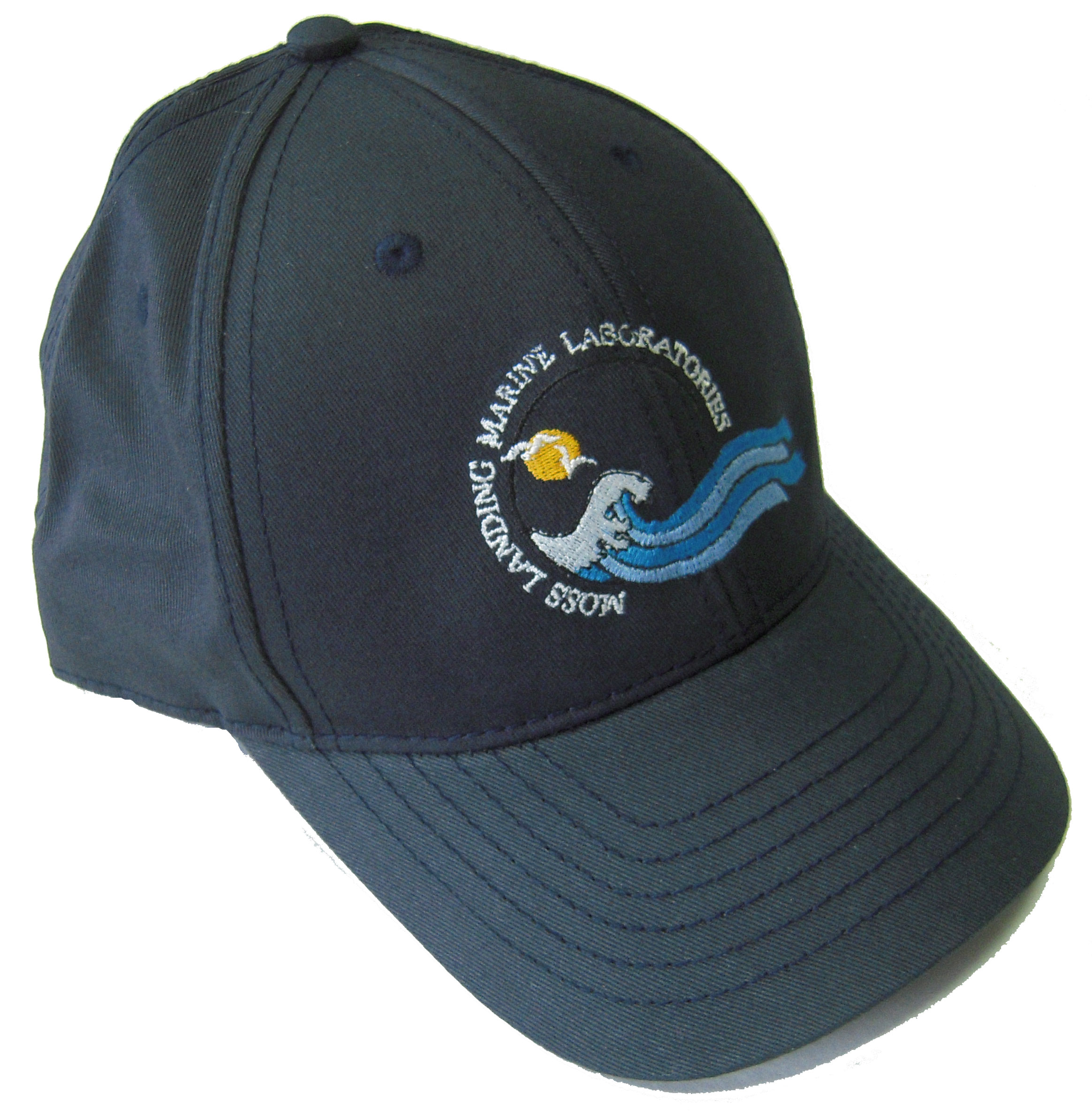
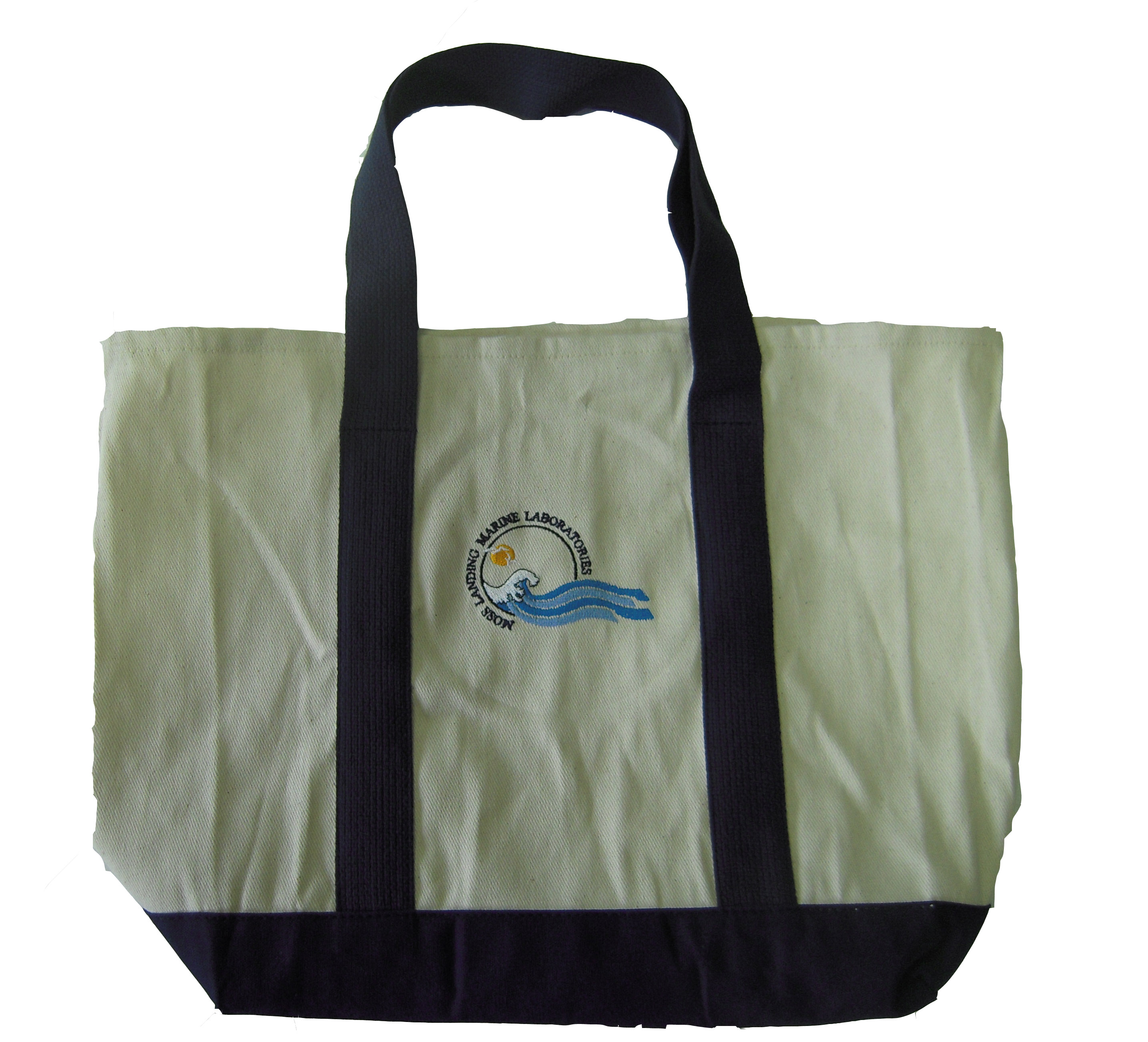
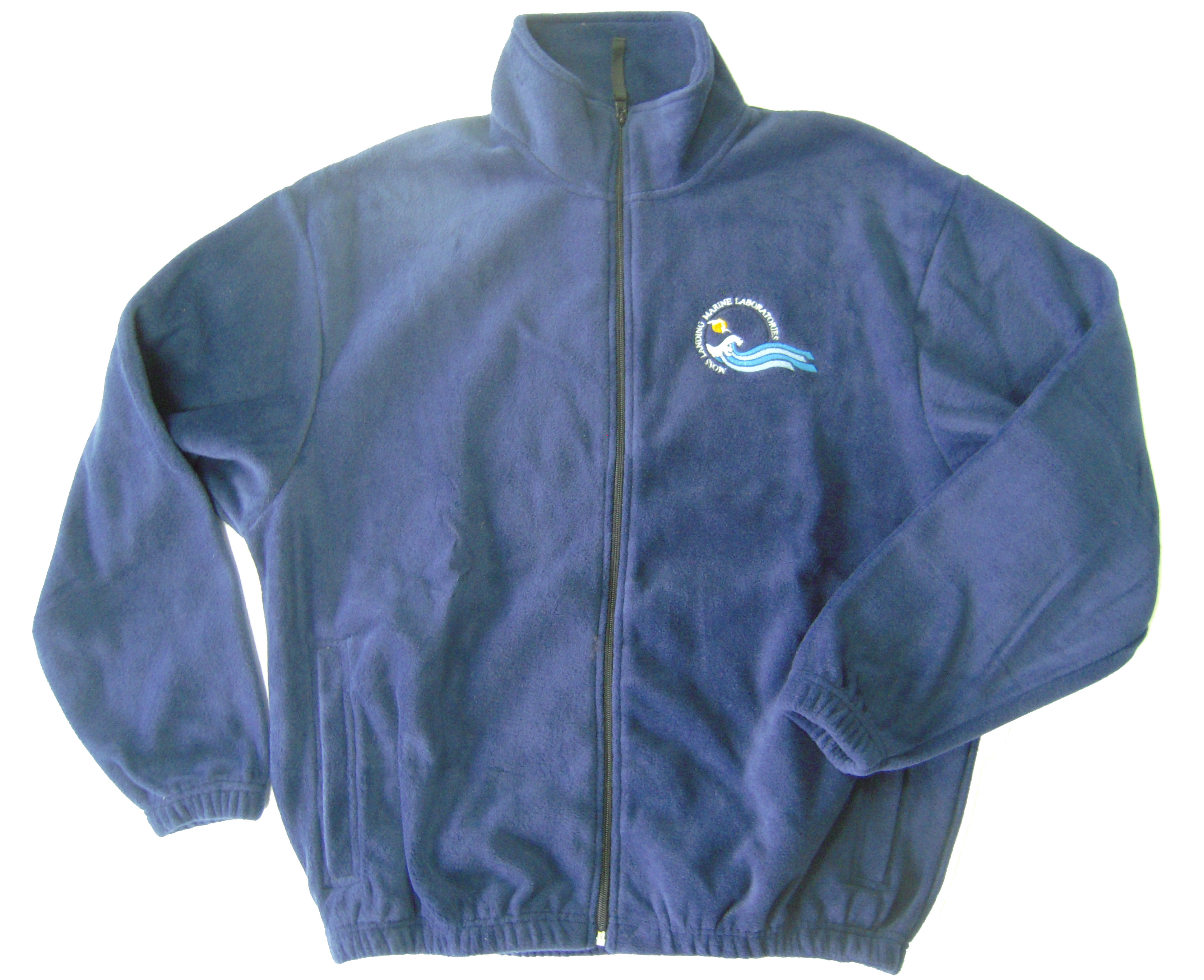
Jump! Jump! Jump!
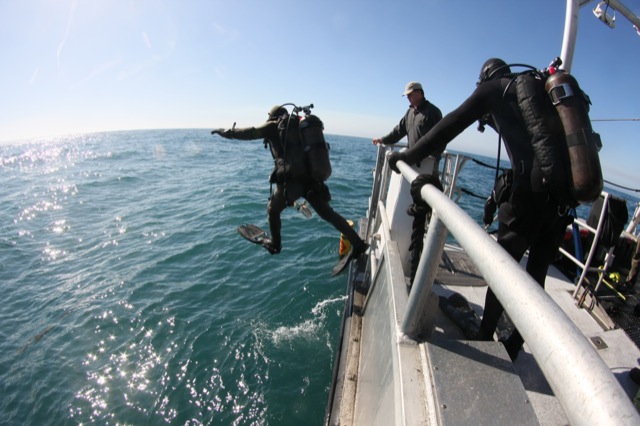
Learning to SCUBA dive can be a life-changing experience. The world it opens up and the rare sights you are able to see can change your life – it did for me. I remember practicing in the pool at UC Santa Cruz not knowing if I would enjoy such a strange and surreal experience. During my first dive I took a camera with me to document the adventure. I am still diving to this day, and I hope you read this and the next few blogs and consider getting certified. Here are the highlights: an otter nibbling my buddy’s fin, and my instructor, our very own Paul Tompkins, directing me down the float line.
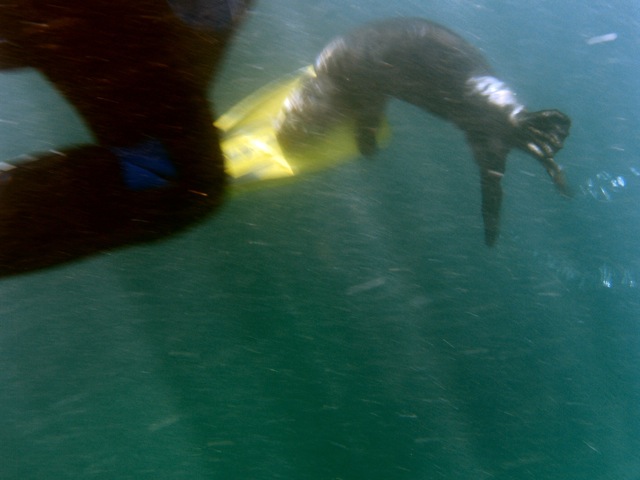
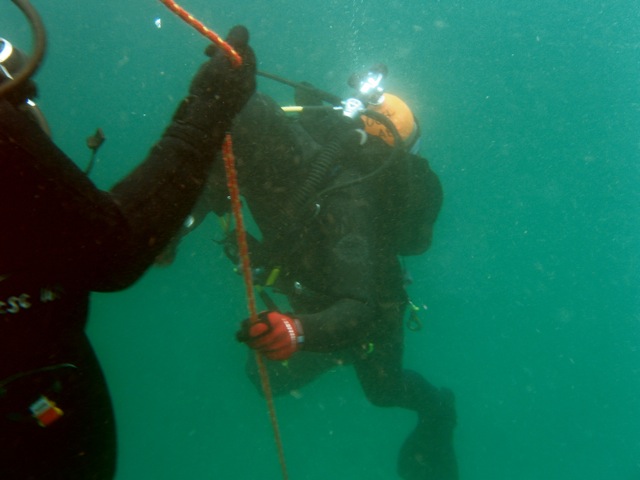
A Backpack Made out of Snails
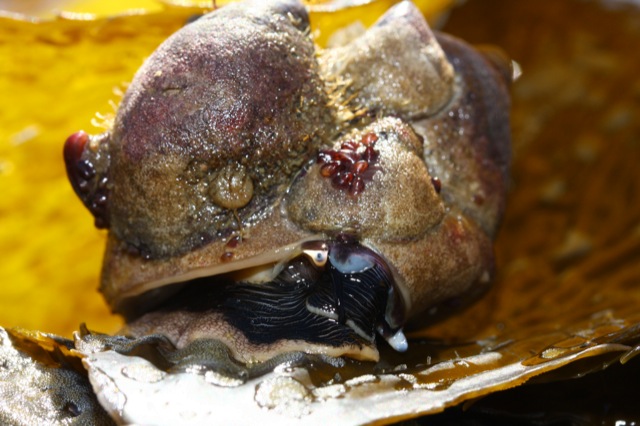
I would not be able to give ten of my friends a piggyback ride at once, but maybe I could if they were all very small. This Black Turban Snail has to deal with a problem plaguing many slow moving animals in the sea: hitchhikers. These Crepidula Slipper Limpets are taking easy street by attaching to this Turban Snail and feeding on the plankton floating in the water. Sounds like a good life to me!
Ravishing Shades of Red on the Seafloor
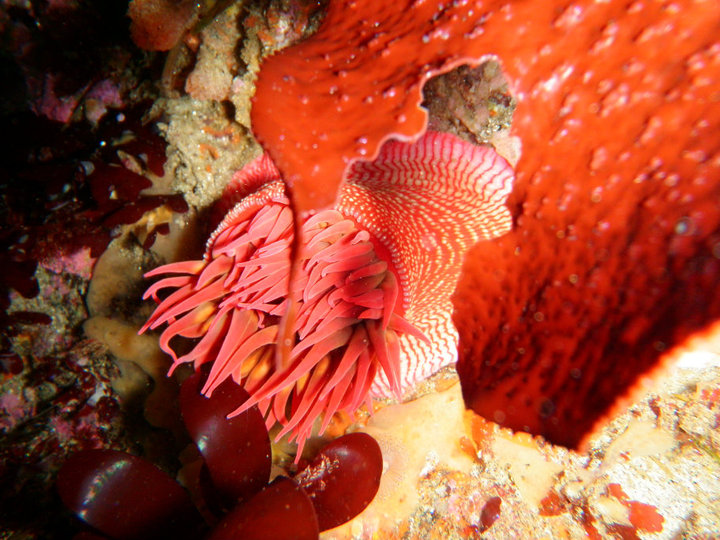
Diving on the seafloor offers a delight for the eyes. Red seaweeds blanket rocks, and colorful invertebrates abound. But you can’t dive too deep and still enjoy a rainbow of colors! As light travels through the water, the longer wavelengths – reds, oranges, and yellows – are absorbed or scattered first, causing these colors to drop out. So when diving deeper, you’ll see the world in greens, blues, and violets. Don’t worry, you can still capture vibrant colors at depth with a camera, all you need to remember is your flash.


